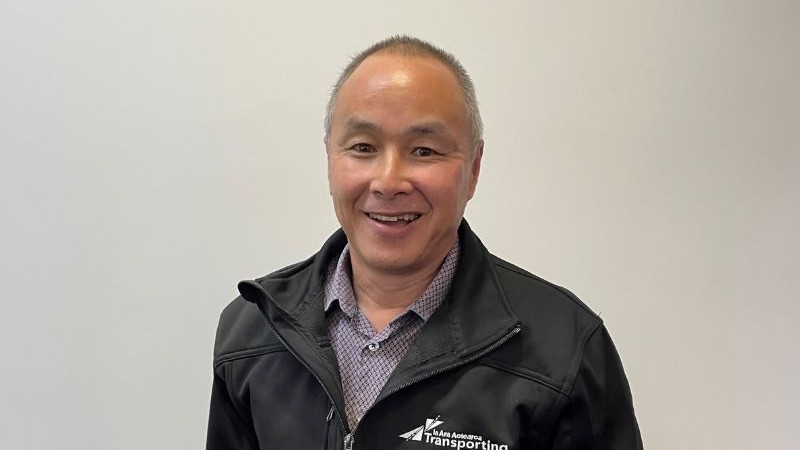Farewell to a transport leader, and a salute to clever industry players

Firstly, on a very sad note, my heart goes out to Kim Unahi, her family and the wider team at McLellan Freight following the tragic loss of Alex.
I had the privilege of seeing firsthand some of Alex’s leadership qualities and his passing is a great loss to our industry.
Secondly, I would like to offer a bouquet to Kate Bucknell and the New Zealand Truck-Trailer Manufacturers Federation (TTMF) on the recent production of the book In the Blood.
What a great collection of stories about that sector and more specifically, about the multi-generational families working in this industry.
For me, it was a great reminder that despite the common idea that New Zealand is a technology-taker, heavy trailer design and building is one area where the opposite is true. There are many examples here of quality innovation and technological leadership.
If you haven’t seen it, I highly recommend you grab a copy for a good read, and to enjoy the awesome photos. About 1996 I was lucky enough to join the TTMF for its AGM on Pakatoa Island. It was obvious not only is there a wealth of technical expertise and experience, the level of respect and collegiality is something very special. And they really know how to party! Long may those skills and values continue to be passed down the generations.
Here’s a link to the book on the TTMF website.
Earlier this week WorkSafe announced it had accepted a binding commitment from the New Zealand Police to improve safety for speed camera operators. This followed an incident where a “motivated offender” caused a high-speed collision with a traffic camera operator, critically injuring the camera operator. The offender was fatally injured.
The key elements of the Enforceable Undertaking are that Police develop a Critical Risk Assurance and Verification Framework, that they establish a dedicated Critical Risk Programme, they enhance their induction and training package, and also implement a Documented Sustainable Assurance Process.
While I don’t disagree, and it certainly is not my place to make any judgement on that anyway, I do try to understand what learnings and insights can be taken and applied to benefit our sector.
One of my reflections is that the findings are very procedural and systems-based. In other words, the remedies broadly involve introducing what are, in my experience, typically procedural systems.
During my time in transport, I have seen a lot of that sort of thing. In particular the fuel sector, which I was involved with, has traditionally been very big on developing processes to manage risk. For me there is a deeper issue and challenge of better understanding the underlying reasons why those systems are missing, or why there are gaps in existing systems.
Often I don’t think it is a lack of knowledge or capability, there are other things which get in the way and unlocking those can have good results in really shifting the dial to make changes and improvements.
And lastly, we were approached this week by NBR for comment about a proposal to develop a feasibility study regarding barging containers from the Port of Auckland up the East Tamaki River to Highbrook.
I’ve also seen some early data on the import numbers of new light electric vehicles since the government subsidy was dropped. My point of raising these two things is that they are all about decarbonisation, which is an outcome we support. However, the solutions to get there ultimately need to wash their own face, financially speaking.
As things get tighter and more challenging in our sector, more than ever I believe stopping increasing compliance costs and getting value for money and return on investment need to be prioritised. That will be underpinning our advocacy.
– By Dom Kalasih, interim chief executive Ia Ara Aotearoa Transporting New Zealand





